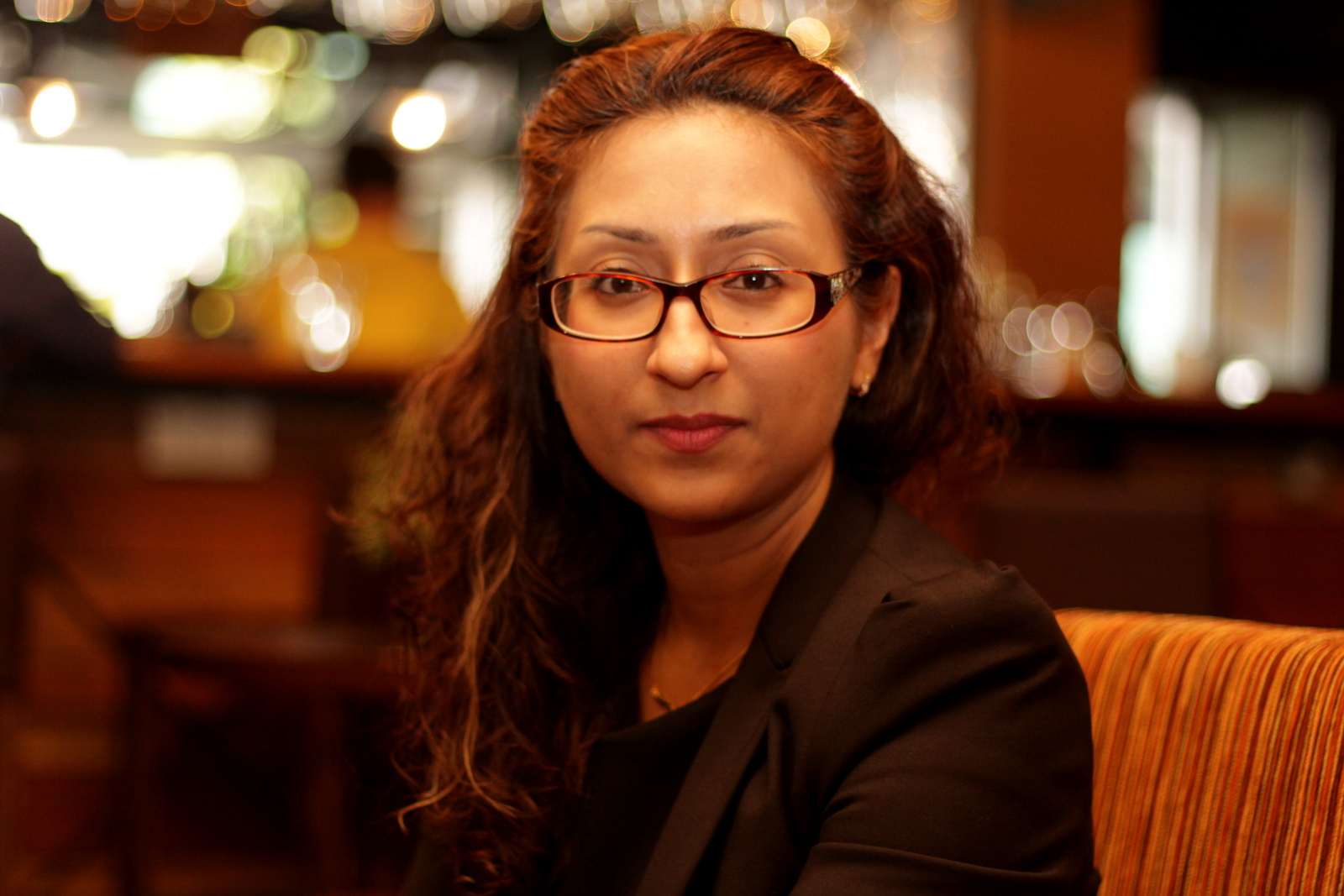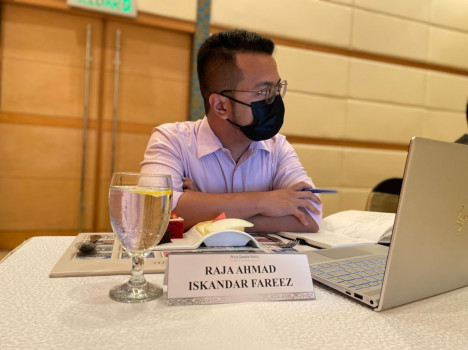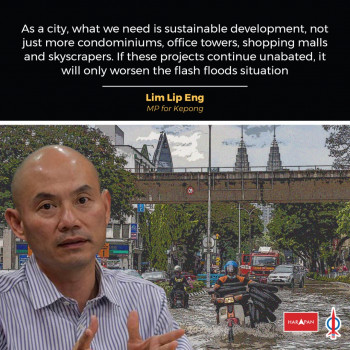By DAP Wanita Selangor vice-chairperson Sangeet Kaur Deo
In the last Parliamentary sitting, in answer to a question by Ramkarpal Singh (DAP- Bukit Gelugor), Home Minister Zahid Hamidi was reported by The Star on April 1 to have said, in relation to sex crimes against children, that ‘3061 cases were recorded in 2013 but the number went down in 2723 cases last year’. How and from where these statistics were derived is not clear. Do these numbers refer to reported cases only? Was the Welfare Department consulted when deriving these statistics? Do these cases involve statutory rape cases only or does it also include all other forms of sexual abuse?
There appears to be limited available research results into the area of sexual abuse against children or any other forms of abuse against children in this country. However, the United Nations Children’s Fund (UNICEF) website provides some data in relation to the abuse (not only sexual) of children in Malaysia. It says, inter alia, ‘like in most countries, only extreme child abuse and neglect cases are reported in Malaysia, often involving tragic elements of disturbing injuries, sexual abuse or even death. International experience suggests that reported cases are likely to represent only 10 per cent of total cases perpetrated as most victims and their families remain too ashamed or unable to report the violations against them.’ Further, in a Fact Sheet provided by UNICEF in September 2010, it is stated that an ‘average of 7 children in Malaysia were reported to be victims of child abuse each day in 2008. Child abuse is on the rise in Malaysia with an increase of some 700 reported cases between 2006 and 2008.’ The report highlights that these figures were obtained from the Department of Social Welfare, Malaysia.
In the same report, the following information is presented
‘Despite significant strides, made by the Government in improving child protection measures in recent years, statistics from the Department of Social Welfare show a rise in reported child abuse cases in Malaysia:
1. 2008: 2,780 child abuse reports
2. 2007: 2,279 child abuse reports
3. 2006: 1999 child abuse reports.
Based on 2008 reported figures, neglect is the most common form of child abuse in Malaysia. The breakdown of the three key forms of abuse are as follows;
1. 952 child victims experienced neglect, meaning a caretaker failed to provide for the child’s basic needs;
2. 863 child victims were physically abused;
3. 733 child victims were sexually abused, 72% were incest;
4. 58 child victims were abandoned babies.’
In its 2013 Annual Report, PS The Children (a non profit organisation promoting the rights of children) has stated,
‘The statistics provided by the Department of Social Welfare & Royal Malaysian Police indicates that there is a possible trend in increase in the number.’
The Borneo Post Online reported on July 4, 2011, as follows;
‘Enam puluh peratus daripada 1,823 kes penderaan seksual terhadap kanak-kanak dilakukan oleh bapa kandung, bapa tiri dan bapa saudara sendiri sepanjang 2006 sehingga 2010.
Selain itu, Timbalan Ketua Polis Negara Datuk Seri Khalid Abu Bakar berkata Polis Di Raja Malaysia (PDRM) mencatatkan 16,159 kes rogol dengan 11,809 daripadanya melibatkan kanak-kanak sepanjang tempoh lima tahun itu.
‘sebanyak 54 peratus daripada mangsa kes rogol itu berusia 16tahun ke bawah manakala 19 peratus lagi berusia antara 16 hingga 18 tahun. Ini bermakna, secara keseluruhannya sebanyak 73 peratus mangsa rogol adalah berusia bawah 18 tahun,” katanya semasa berucap pada pelancara ‘The Reuniting Families-Child Safety: di sini semalam.’
Sexual abuse of children in Malaysia appears to be on the rise. In recent weeks, we have all read of the Malaysian student in London who was convicted for possessing more than 30,000 images of ‘the most extreme forms of child sexual abuse’. It is reported that Fitri Azmeer Nordin pleaded guilty to 17 charges including two counts of making images of children and four counts of possessing images of children with intent to distribute them further.
Most Malaysians were horrified by this news.
What came as an even bigger shock was the response by MARA wanting to give this despicable human being a second chance and even suggesting that he would be ‘an asset to the country’. I’m horrified that MARA, a government agency, finds it appropriate to invite home a convicted paedophile. What kind of message does that send out to these people? How does it even cross one’s mind to think these people are assets to the country!
While I believe most people deserve second chances, I take a totally different view when it comes to people who prey on innocent, helpless children. It is simply unforgivable. These people must be kept away from society and treated for, what I think, is surely a mental disorder. But can this disease be cured? Cured enough for us to allow them back into our society, to allow them near our children?
We have a prime responsibility to our children to protect them and to allow them the childhood that every child deserves. This responsibility should be shouldered by all members and sections of society in sequence and in unison towards building a strong shield around our children.
We must have a system that provides basic safeguards to ensure a child’s safety. We must have a system which enables children who have been abused to come forward and be taken seriously. We must have a police unit who are particularly trained to handle such matters. We need police officers who understand that this is no ‘family matter’. We must have a system that efficiently and quickly takes the child through the reporting process, the medical process and ultimately the legal process. We must have counselors in our welfare departments who are specially trained in these matters. We must have teachers specially trained in these matters who know how to identify and handle these situations, after all they are most likely the first port of call for an abused child. We must have judges who are specially trained in these matters. This is seriously lacking.
From the reports referred to above it is clear that we have failed at the very first stage. Reporting. Many still chose not to report due to the undeniable social stigma that comes along with it, the lack of sensitivity with which these matters are handled by the authorities, and the ease with which our judicial system dismisses such claims citing lack of proof.
Speaking of which, again a recent event comes to mind, when it was reported that on May 7, 2015 that the Court of Appeal acquitted a man of all four charges of rape of a 14 year old girl. This is especially revolting when there was DNA evidence proving that he was the father of the child the 14-year-old bore.
We need a judiciary who will understand the complexities behind child sexual abuse and its irreparable effect on the child. We need judges who understand concepts such as ‘grooming’ which may lead to a child victim even being reluctant to give evidence against his or her abuser. We need judges who recognise the fear, confusion, shame and anger that a child experiences if abused.
We can no longer allow these children to face an unforgiving system wherein he or she is disbelieved in the end. I urge those in power from all quarters to unite for the sake of our children and create a system that will not fail them.




